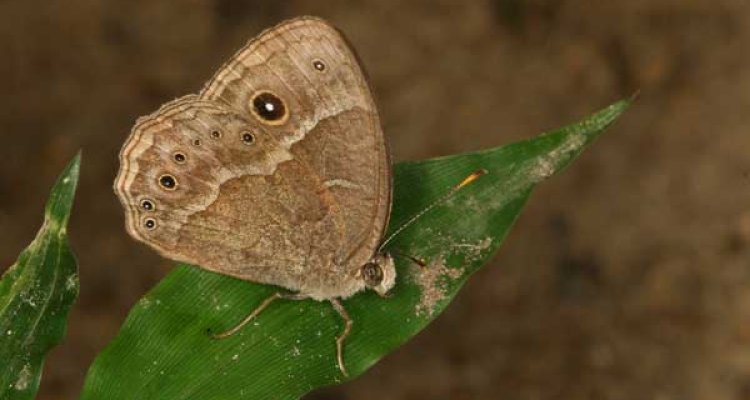
News
Butterflies switch lifestyles using hormones
Many habitats on Earth change dramatically with the seasons, profoundly affecting food availability, predation pressure and reproductive opportunities for animals living in these seasonal habitats. To survive and reproduce successfully, animals must deal with such seasonal variation in ecological threats and opportunities.
Many are remarkably flexible, and have evolved a range of behavioural, physiological or morphological responses to environmental changes. For example, many animals go into a metabolically dormant diapause and cease reproduction, while others migrate away; some even grow wings to disperse from depleted habitats. In essence, they re-prioritize where they spend their (limited) energy, based on the current or future quality of the habitat. But how do they sense what the relevant changes in the environment are? How do they make an informed decision on which changes in their energy budget to employ? And how do they convey this information to all the systems in their body that need to be adjusted to the new circumstances, such as their reproductive organs or flight muscles?
Butterflies on the savannah
Scientists at Wageningen University and Leiden University have now discovered that hormones play a crucial role in regulating this flexibility. The African butterfly they use as a model for seasonal adaptation lives on the savannah with strongly contrasting wet and dry seasons. It expresses two distinct lifestyles in each season. During the wet season, when food is plentiful, butterflies reproduce readily and live short, active lives. In contrast, in the harsh dry season they delay reproduction and are less active, but can live much longer. These butterflies are easy to keep in the laboratory, and previously the researchers had found that the alternative lifestyles are not genetically determined, but instead solely induced by the environment in which the larvae grow up.
Hormones as switch
They have now discovered that ecdysteroid hormones, which are common to all insects, have different concentrations in pupae from the different seasons, sending a systemic signal throughout the body about which environment they are in. Crucially, when developing pupae destined to become dry-season adults are injected with ecdysteroids, they instead become more wet-season–like adults, allocating more resources to reproduction and starting to lay eggs earlier. This reveals a switch point during development, when pupae develop into either wet- or dry-season adults depending on whether the hormone is present. These findings show how animals can use systemic hormones to respond to predictive indicators of environmental quality and make strategic decisions that enable them to cope with fluctuating environments. The findings are published in the The American Naturalist.
Financial support
This research was carried out by scientists at Wageningen University and Leiden University, in collaboration with Instituto Gulbenkian de Ciência (Oeiras, Portugal) and the University of Cambridge (United Kingdon). Financial support was provided by the European Union’s FP6 Programme (Network of Excellence LifeSpan FP6/ 036894) and FP7 Programme (IDEAL FP7/2007-2011/259679) and by the Portuguese Foundation for Science and Technology (SFRH/ BD/45486/2008 and PTDC/BIA-BDE/100243/ 2008).